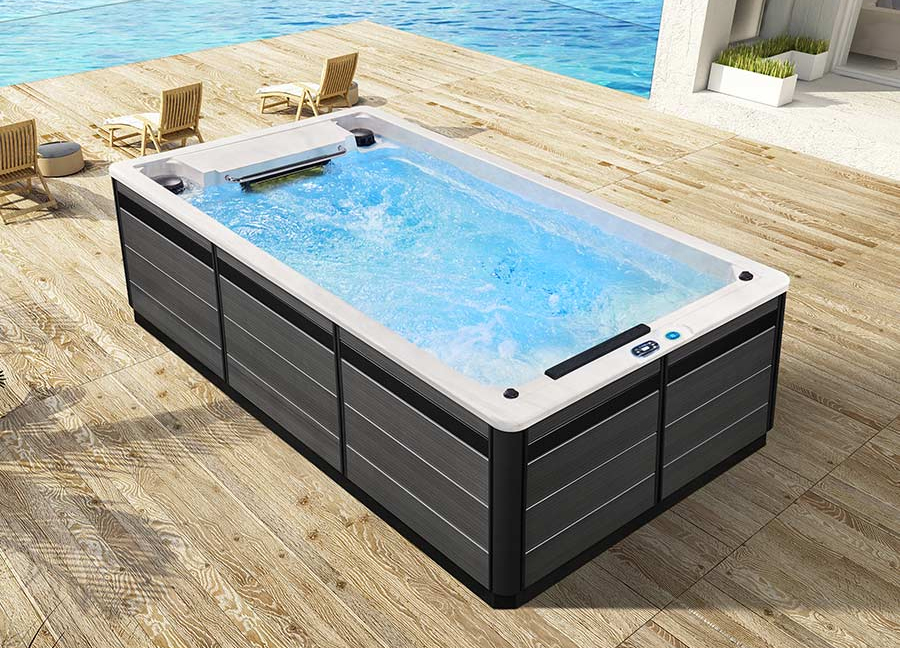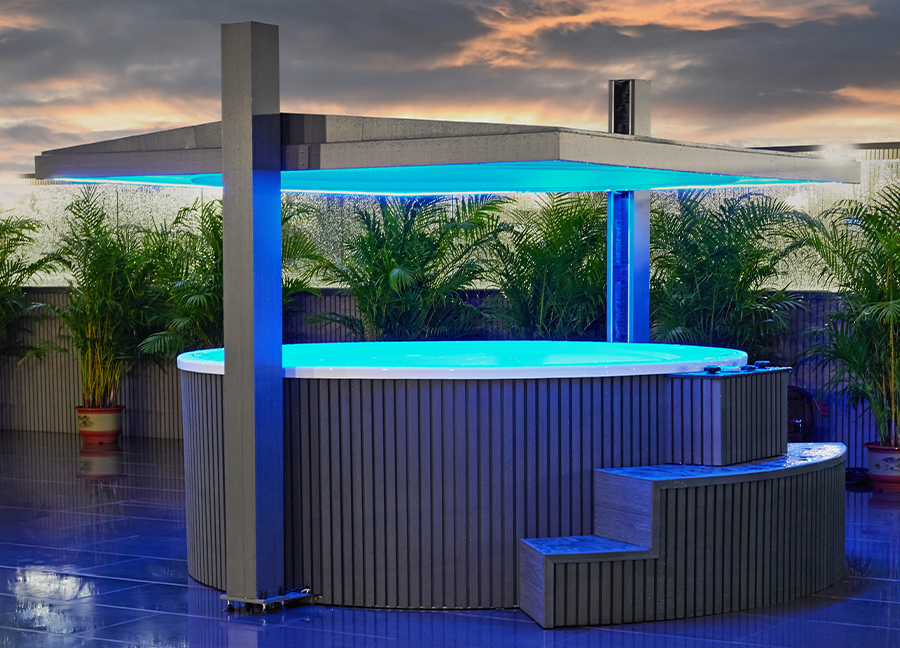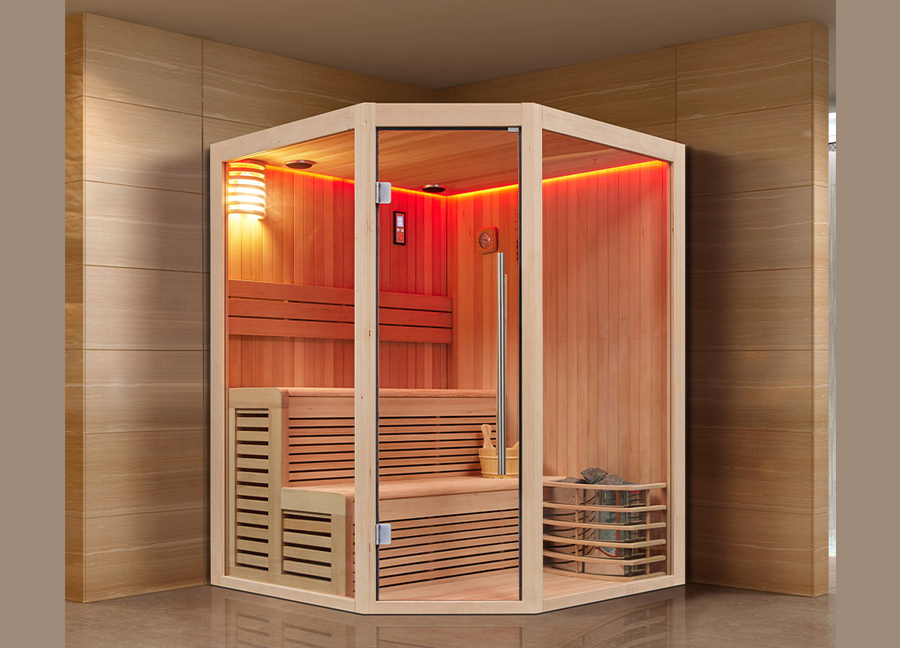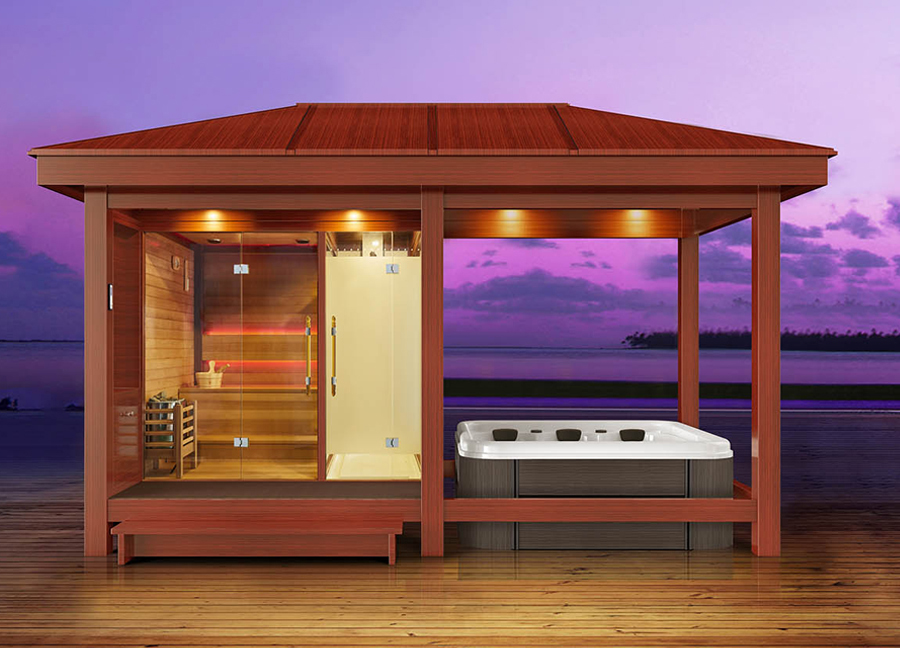In 2025, swim spa tubs, as devices that combine fitness and hydrotherapy, are gaining increasing popularity. Many people, when purchasing or using them, ask: "Can I swim in a swim spa tub? If so, how should I swim properly?"
This article will provide a detailed analysis of the "swim spa tub," covering various aspects, including its principles, suitable swimming styles, swimming techniques, operation methods, safety precautions, and daily maintenance, to help users scientifically understand and effectively use a swim spa tub.
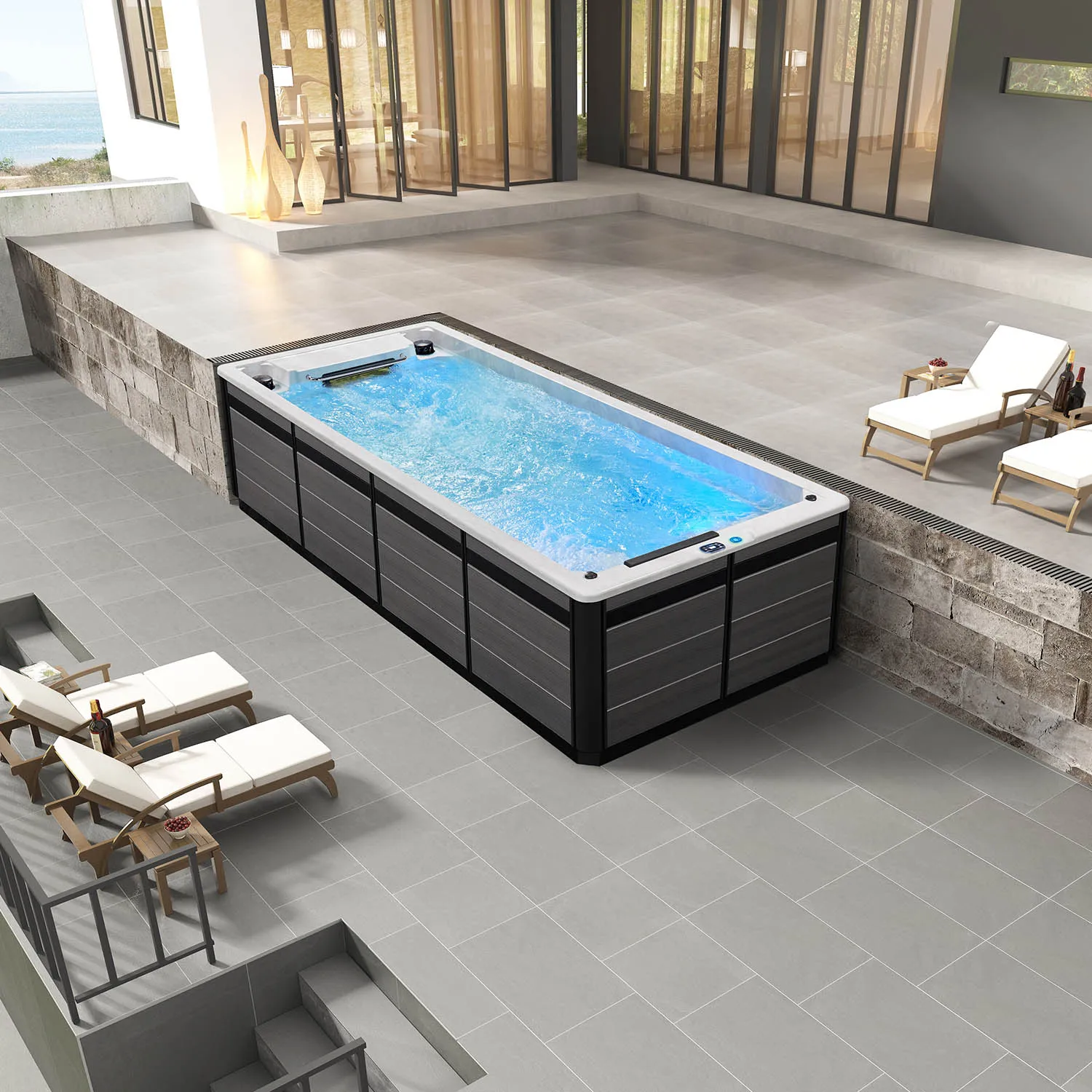
Swim spa tubs: Everything you need to know
1. Structural features of a swim spa tub
Swim spa tubs typically combine swimming, massage, and hydrotherapy functions. Their main components include:
• Tub body: Typically made of acrylic or fiberglass, it holds the water and provides a swimming area. It is generally 2.5 to 4 meters long, 1.2 to 1.8 meters wide, and 1.2 to 1.5 meters deep. While larger than a traditional bathtub, it is still limited compared to a standard swimming pool.
• Water circulation system: This includes a high-powered water pump, circulation piping, and water nozzles, simulating a countercurrent environment, allowing users to "swim in place."
• Hydrotherapy jet system: This system uses water jets to create a massage effect and regulates water pressure to enhance the underwater exercise experience.
• Heating and constant temperature system: This system maintains the water temperature within a comfortable range (generally 28-36°C), suitable for extended underwater exercise.
• Control system: This system adjusts water flow rate, massage mode, and temperature, enabling intelligent operation.
The swim spa tub uses high-intensity water flow to create a countercurrent environment, allowing users to practice swimming and aquatic fitness even in confined spaces.
2. Combining swimming and hydrotherapy functions
The swim spa tub not only provides hydrotherapy and massage functions but also simulates a swimming environment. This is achieved primarily through the following methods:
• Countercurrent swimming: The pump generates a continuous, powerful water flow, allowing users to swim against the current, achieving the desired swimming training effect.
• Resistance training: The constant water resistance enhances muscle strength and endurance training while reducing joint impact, making it suitable for rehabilitation and joint protection.
• Localized hydrotherapy: Hydrotherapy jets can provide targeted massage to areas like the shoulders, back, waist, and legs, improving blood circulation and alleviating muscle fatigue.
Thus, a swim spa tub can be used both as a rehabilitation and physical therapy device and as a small fitness swimming environment. However, due to space limitations, the swimming method differs from that of a traditional pool.
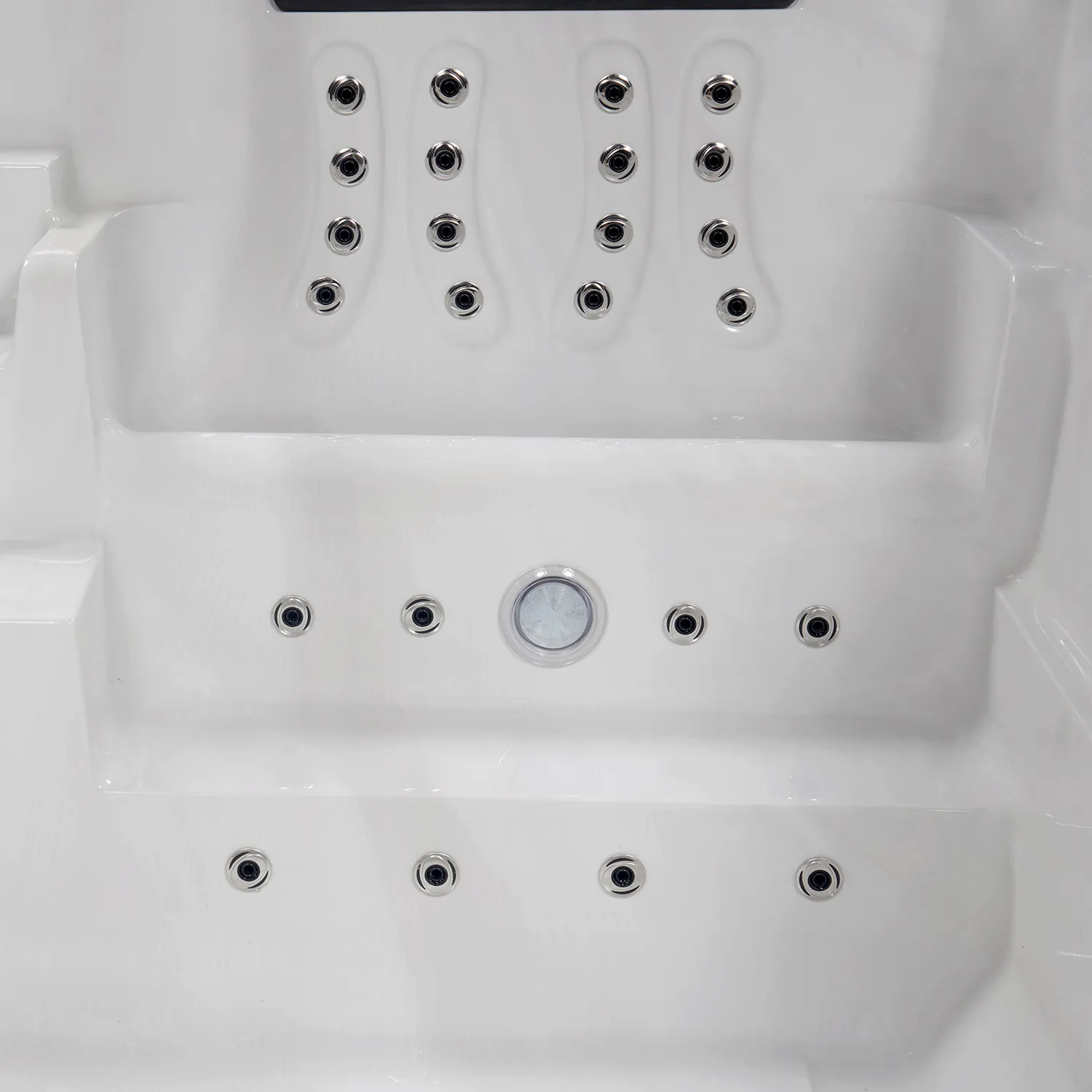
Is a swim spa tub suitable for swimming?
1. Analysis of the Suitability of a Swim Spa Tub
Swim spa tubs are designed to combine hydrotherapy and swimming training, so swimming is possible under certain conditions:
• Spatial limitations: Tubs are typically 2.5 to 4 meters long, making them impractical for long-distance freestyle swimming. They are suitable for short-distance swimming or stationary swimming training.
• Water flow: A water pump adjusts the water flow, allowing for continuous exercise by swimming against the current.
• Safety: Enclosed in a moderate depth (1.2 to 1.5 meters), the water is deep enough for floating, leg kicking, and arm stroke training, but not suitable for large-scale water sports.
In summary, a swim spa tub is more suitable for stationary swimming, endurance training, aquatic rehabilitation, and hydrotherapy exercises, but not for practicing long-distance strokes.
2. Differences between a swim spa tub and a traditional swimming pool
• Space limitations: Traditional pools allow for free swimming, while a swim spa tub is limited to stationary swimming.
• Water flow: Traditional pools rely primarily on their own propulsion, while a hydrotherapy tub uses water flow to offset forward motion, providing a fixed-position exercise environment.
• Functional versatility: A tub with combined hydrotherapy massage and constant temperature heating is more suitable for rehabilitation, relaxation, and short bursts of high-intensity training.
Therefore, when choosing a swimming method, users should consider tub size, water flow intensity, and their own training needs.
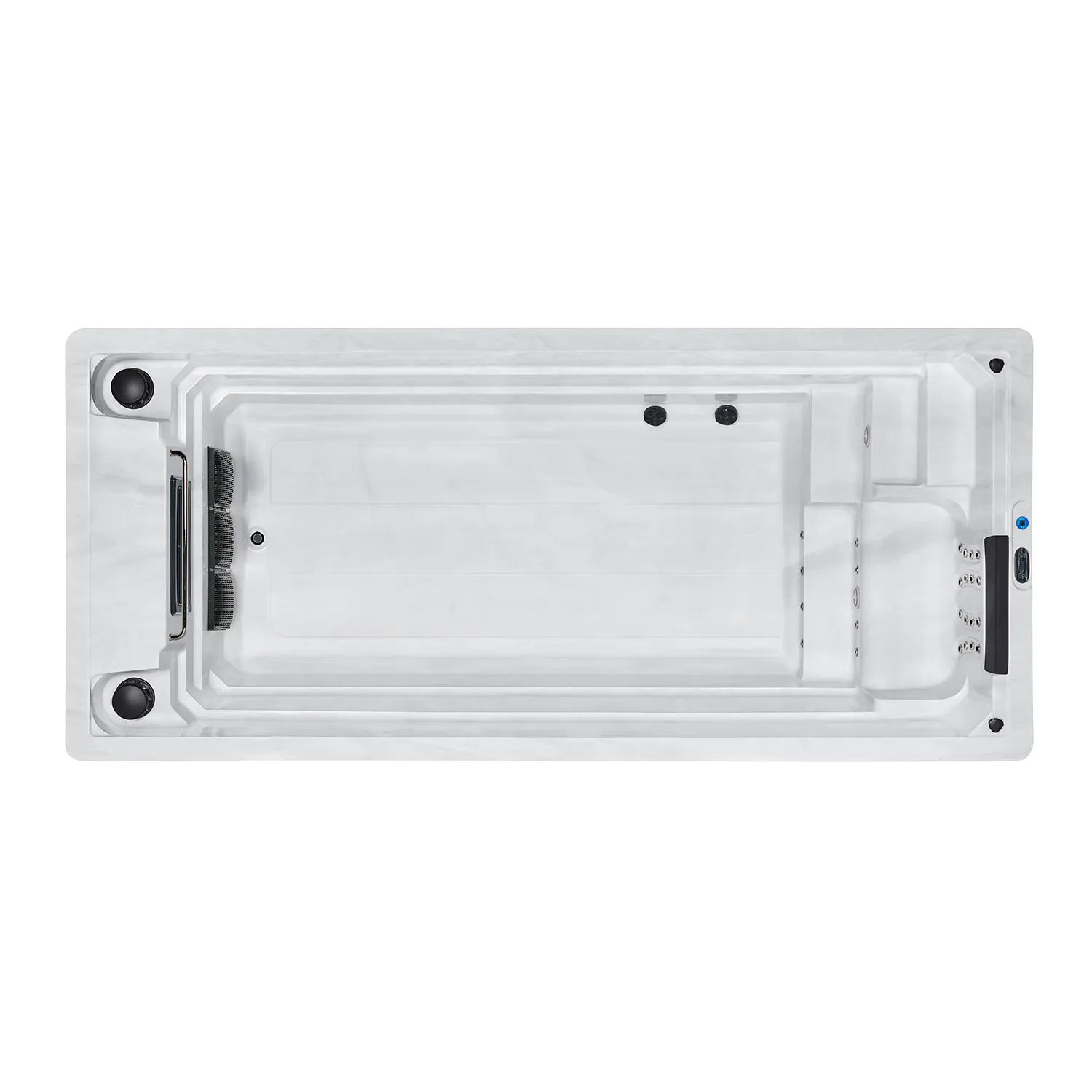
How to swim in a swim spa tub?
Swimming in a swim spa tub requires certain techniques, making full use of countercurrent to achieve effective training.
1. Preparation
• Adjusting the water flow: Choose a flow speed based on your physical strength. Beginners can start with a low flow and gradually increase the resistance.
• Control the water temperature: Keep the water temperature at around 28-32℃, which is both comfortable and conducive to muscle activity.
• Wear auxiliary equipment: such as buoyancy belts, water resistance gloves or kickboards, which can improve training effects and reduce fatigue.
• Safety measures: Make sure the bathtub perimeter is non-slip to prevent the water pump or nozzle from accidentally injuring your hands and feet.
2. Swimming in situ techniques
The most common way to swim in a spa tub is to swim in situ, that is, to use the water flow to offset the forward momentum and keep the body in a fixed position. The main techniques include:
(1) Freestyle in situ training
• Keep the body horizontal, lift the head slightly to breathe, paddle with the arms, and continuously kick with the legs.
• The direction of the water flow is opposite to the swimming direction, and swimming in situ is achieved through the resistance generated by the water pump.
• Control the rhythm of the arm stroke to avoid excessive exertion and fatigue.
(2) Breaststroke in situ training
• Stretch the arms forward to paddle, and perform breaststroke kicks with the legs.
• Use water resistance to increase the effect of resistance training while reducing the burden on shoulders and waist.
(3) Walking and running in water
• Use water resistance to walk or jog quickly to exercise lower limb strength and cardiopulmonary function.
• Maintain an upright posture, bend your knees slightly, and swing your arms naturally to enhance the effect of exercise.
(4) Strength training in water
• Use water resistance gloves and water resistance boards to perform paddling training to increase upper limb muscle strength.
• You can complete various movements such as kicking, side strokes, and rotations in the water to improve core stability and coordination.
3. Breathing and rhythm control during swimming
• The space in the swim spa tub is limited, so you should avoid large breathing movements that may cause choking.
• Beginners can use short-frequency breathing, slightly lifting their heads when inhaling and completely immersing themselves in the water when exhaling.
• Maintain a steady rhythm and adjust the intensity of paddling and kicking according to the water resistance.
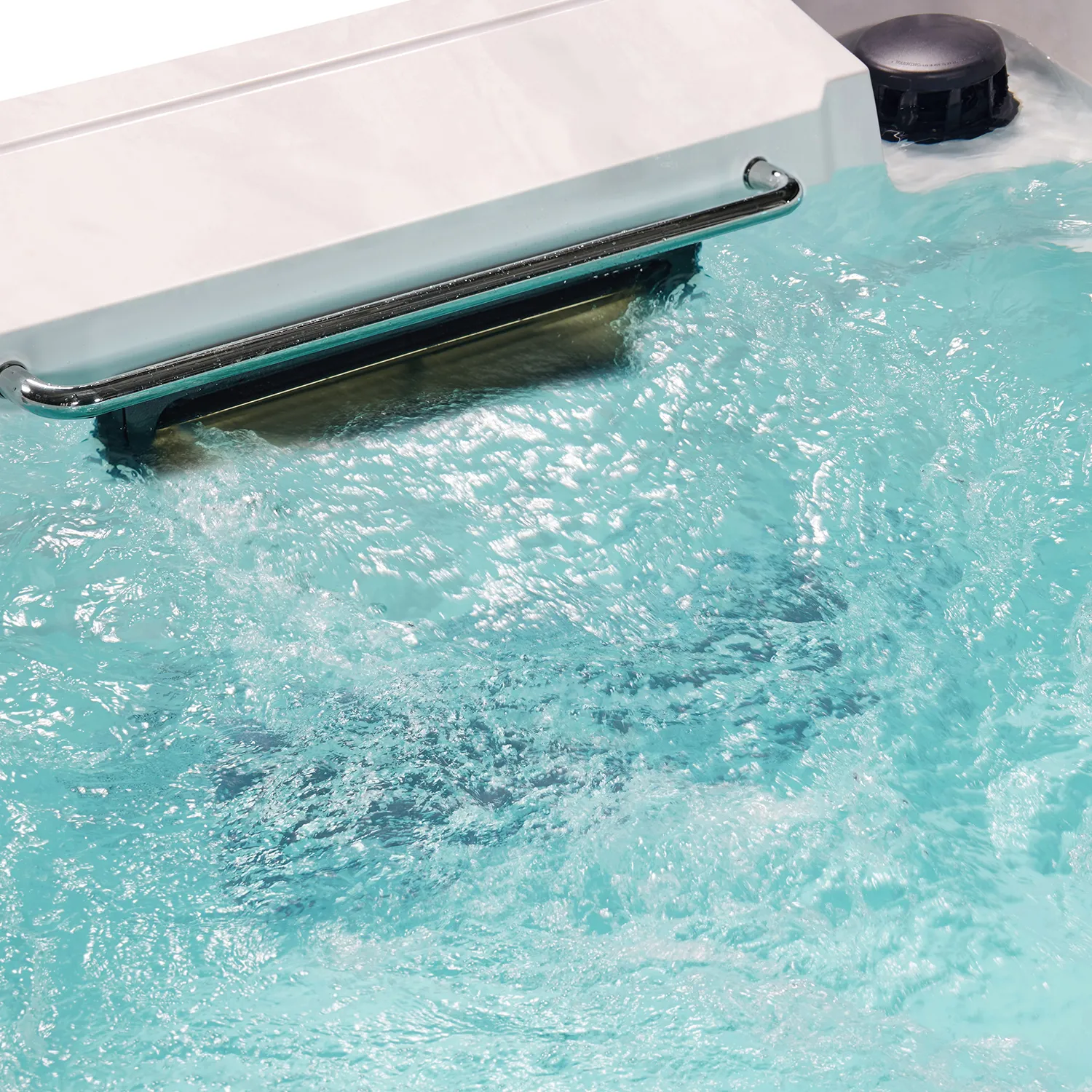
Safety Precautions for Swim Spa Tubs
While swim spa tubs are great for aquatic exercise, they also pose potential safety hazards. Please note the following:
1. Electrical Safety
• The tub is equipped with a water pump, heater, and control system. Before use, ensure that the power supply and wiring are intact.
• Do not operate electrical switches while underwater to avoid the risk of electric shock.
• Installing a leakage protection device and a waterproof socket is recommended.
2. Water Quality and Disinfection
• Regularly test water quality to maintain an appropriate pH value and disinfectant concentration to prevent bacterial growth.
• Change the water promptly after each swim or use a circulating filter to ensure water cleanliness.
• Regularly clean the pipes and showerheads to prevent mold or algae contamination.
3. User Safety
• Children, the elderly, or those with limited health should be accompanied by an adult.
• First-time users should start with a low flow to gradually acclimate to the flow intensity.
• Avoid prolonged continuous swimming to prevent fatigue or muscle cramps.
4. Spa and Environmental Safety
• Anti-slip and anti-collision measures should be implemented around the bathtub.
• Ensure adequate ventilation to prevent slippery surfaces and moisture from getting into electronic devices.
• Avoid placing the bathtub too close to furniture or walls to prevent scratches or impacts.
Swim spa tub usage and maintenance recommendations
To ensure a comfortable swimming experience and extend the life of the equipment, users should observe the following maintenance measures:
1. Regular Cleaning
• Clean the bottom and showerhead after draining to prevent scale buildup.
• Regularly wipe acrylic or fiberglass surfaces with a bathtub cleaner.
• Clean the filter and pipes to maintain smooth water flow.
2. Water Quality Management
• Regularly test the pH value (generally maintain between 7.2 and 7.6) and residual chlorine concentration.
• Use a water softener or water purification system to reduce scale damage to the heater and pipes.
3. Component Inspection
• Inspect the pump, showerhead, and heater once or twice a year to ensure proper operation.
• Keep the control panel and electronic components dry to avoid prolonged moisture.
• Replace vulnerable parts such as rubber rings and filters promptly.
4. Usage Specifications
• Avoid prolonged, high-intensity use and perform swimming training in stages.
• Increase the water flow rate gradually to prevent muscle fatigue.
• Use according to the manufacturer's operating instructions to avoid damage to the pump or heater.
What kind of after-sales support does Yuehua provide for global customers?
Yuehua not only supplies products but also takes full responsibility for customer satisfaction. Our professional team provides installation guidance, technical support, and quick response to warranty issues. Because our products carry international certificates such as CE, ETL, and SAA, you can trust their quality and compliance. In addition, we offer quotes for spare parts and accessories at factory prices, making maintenance cost-effective.

